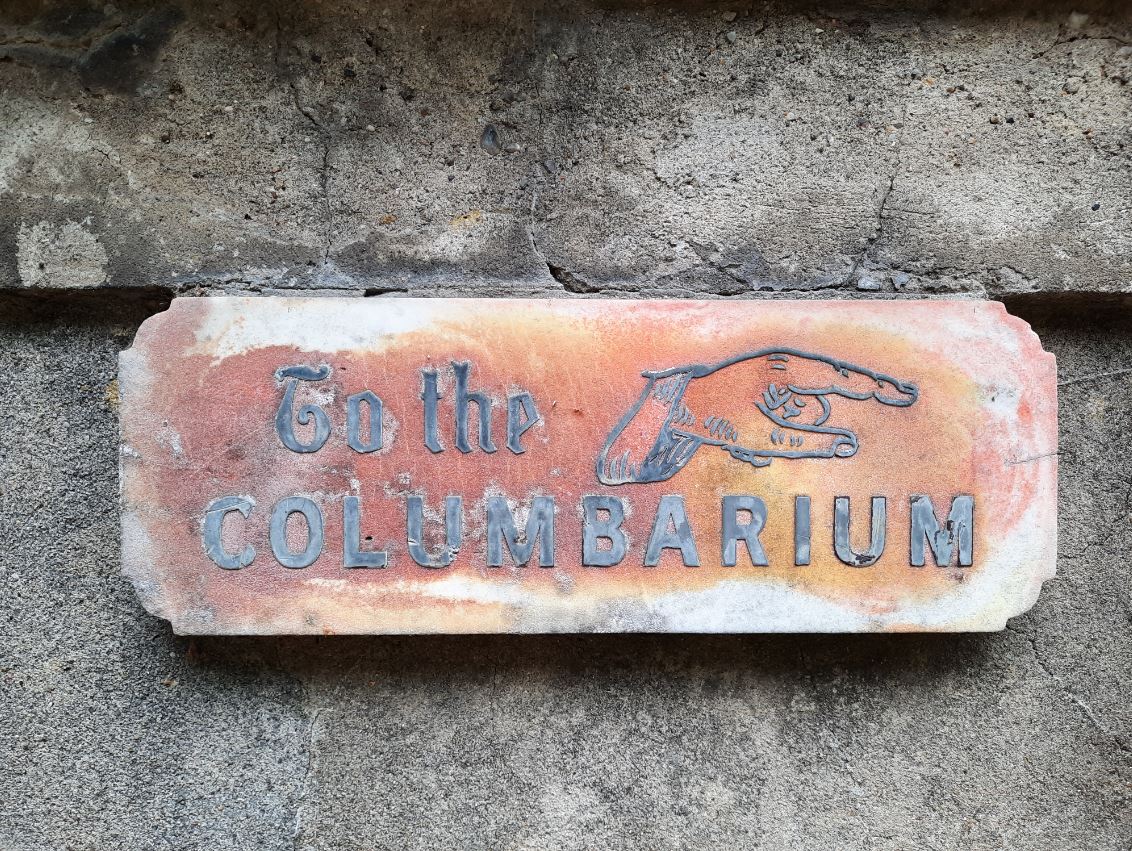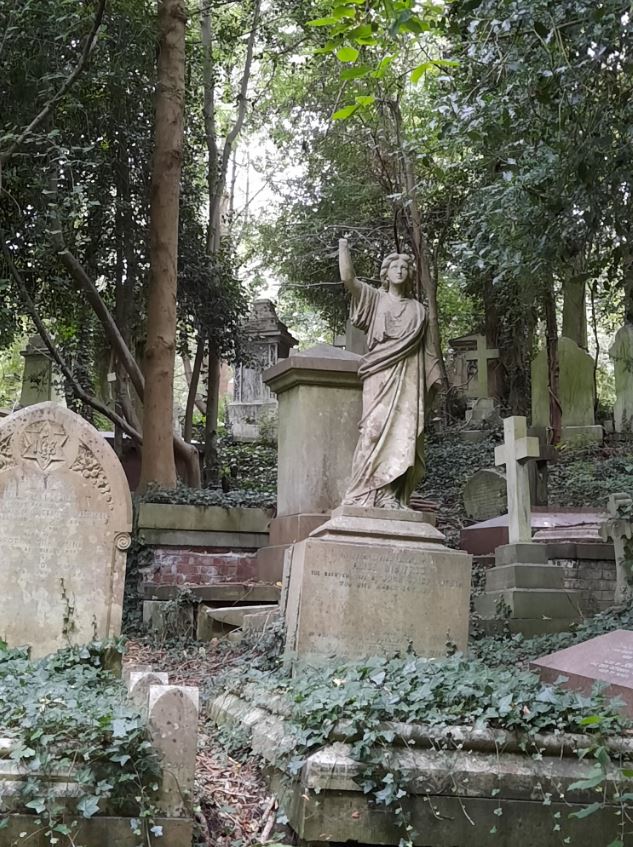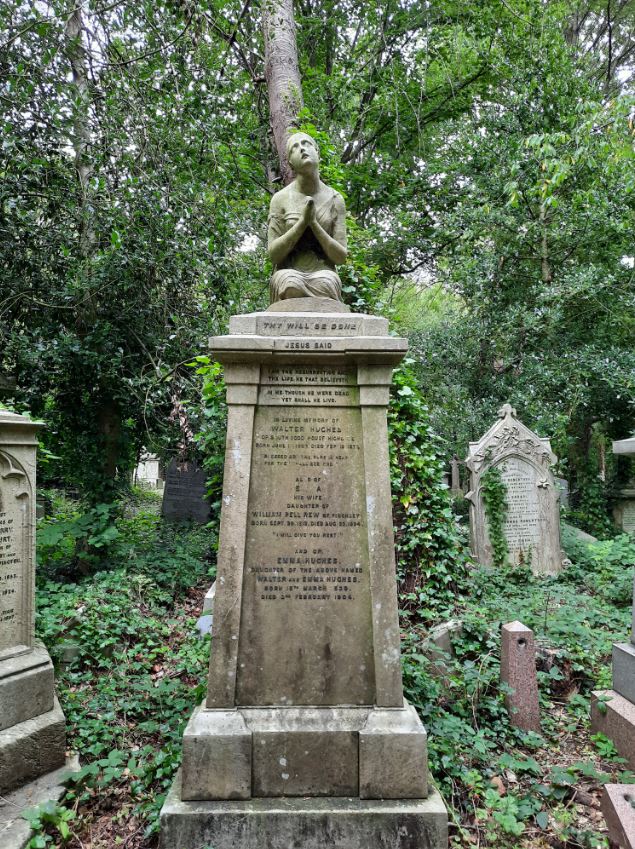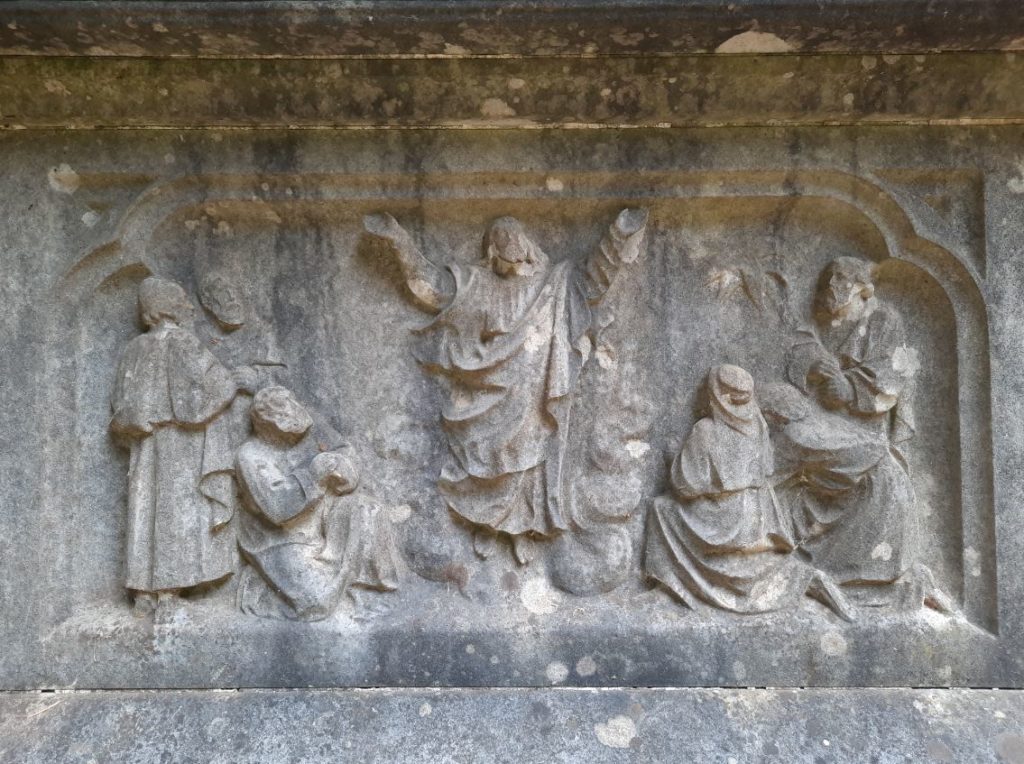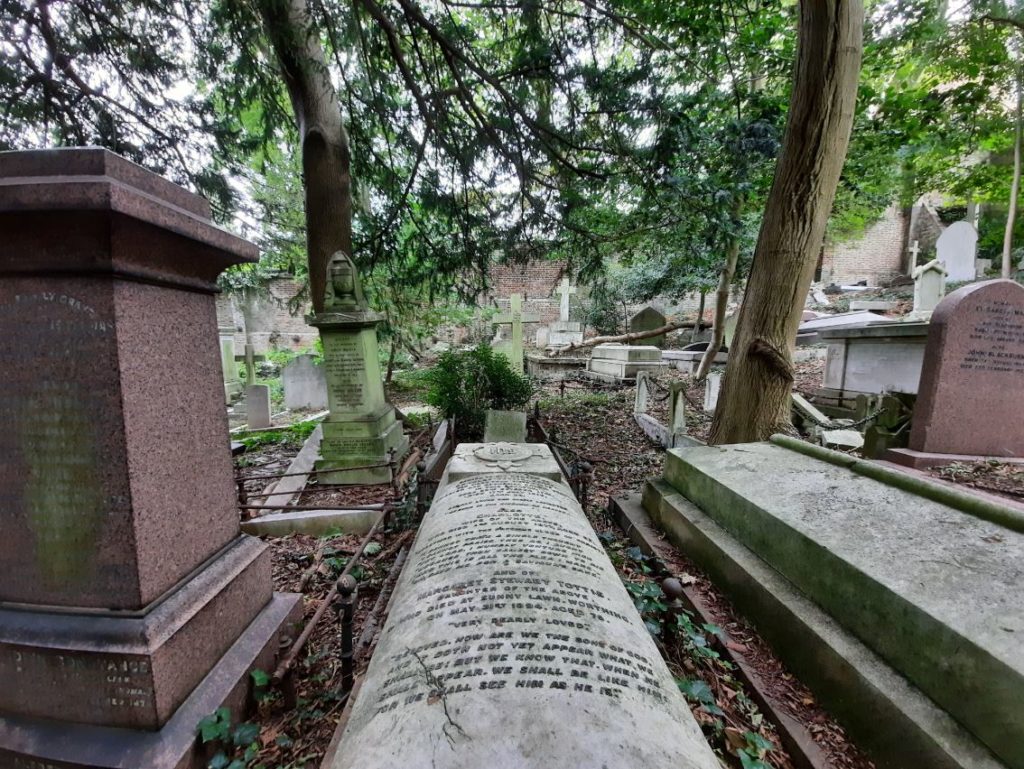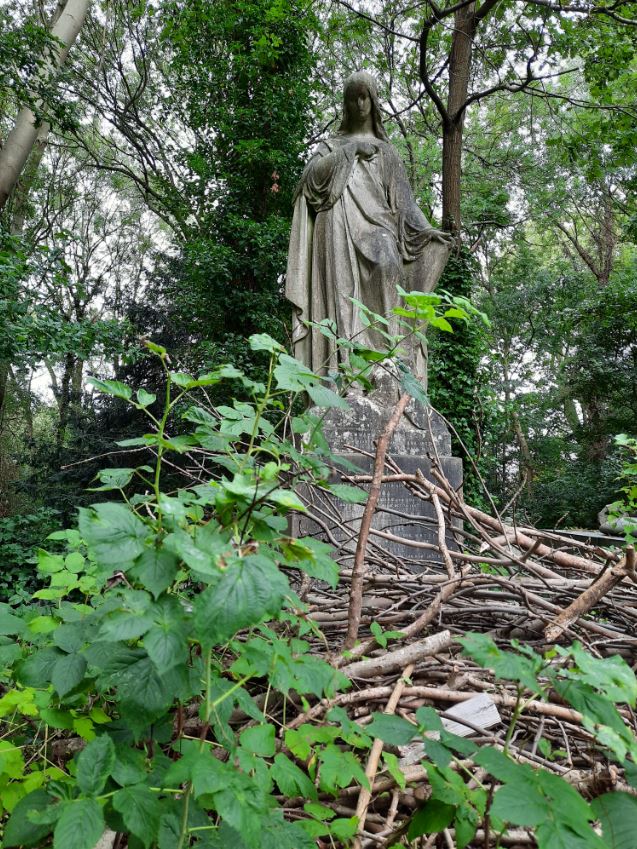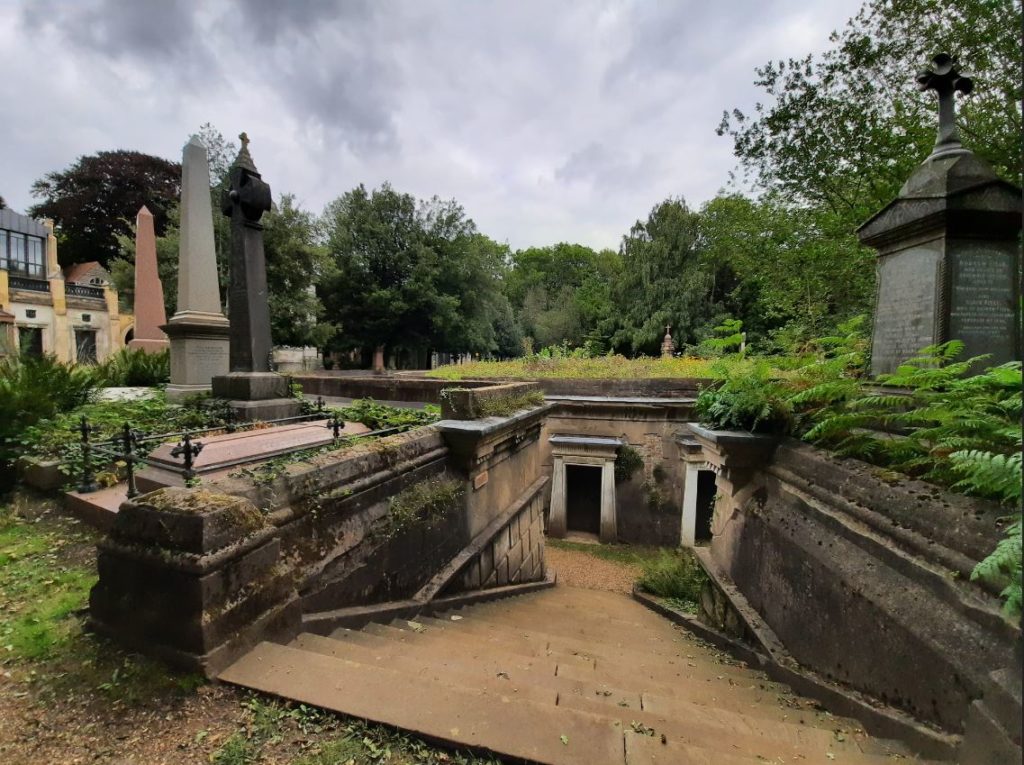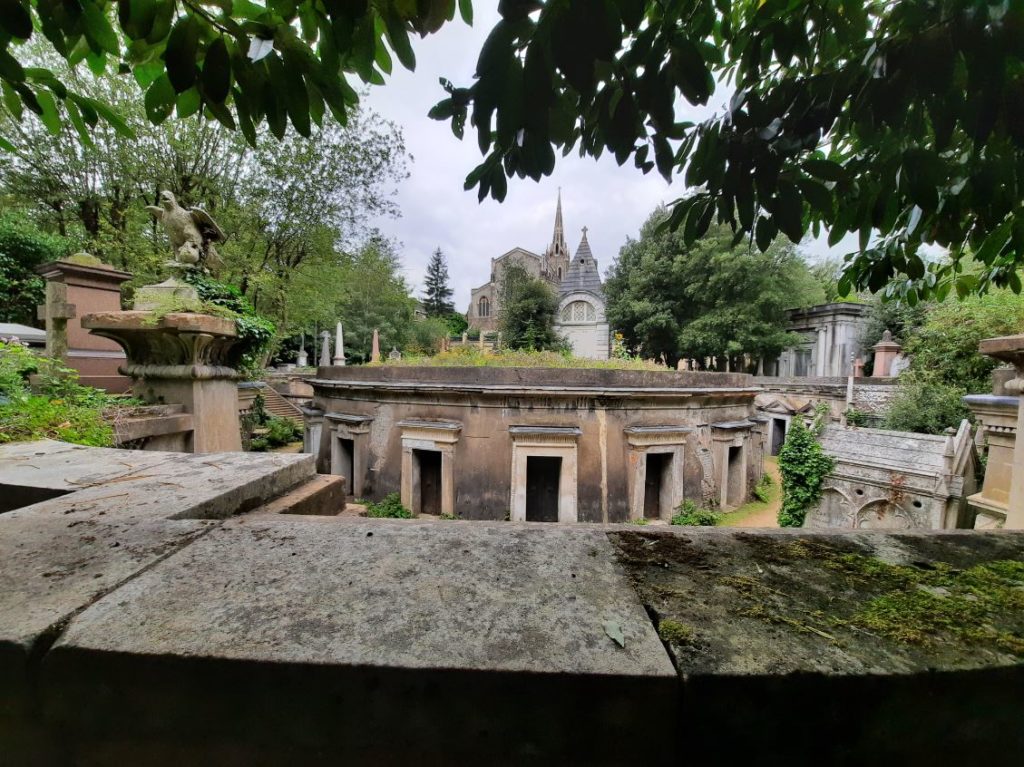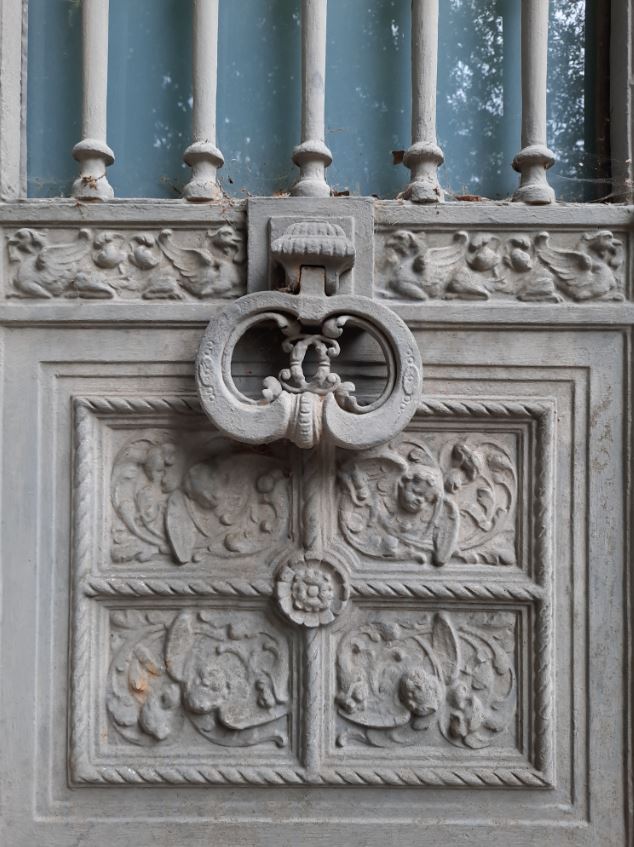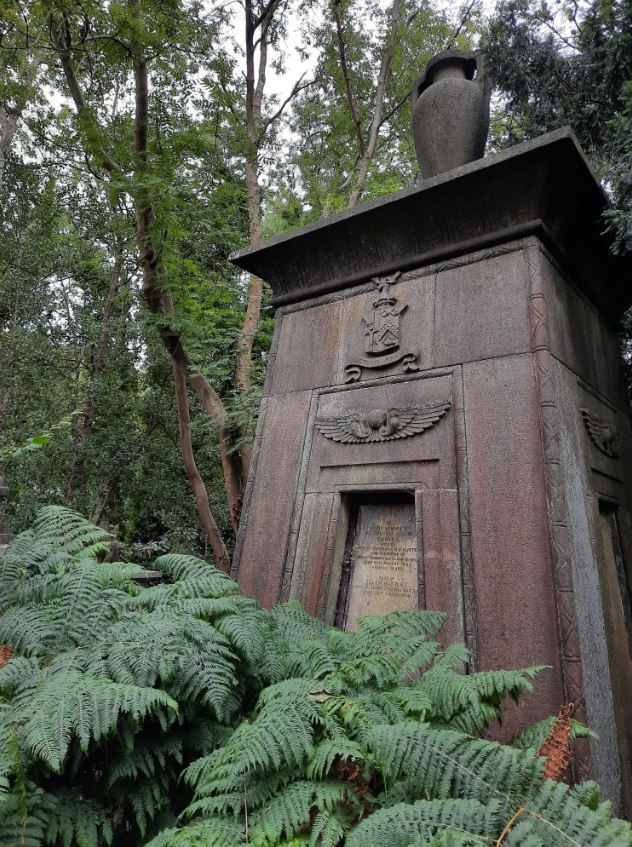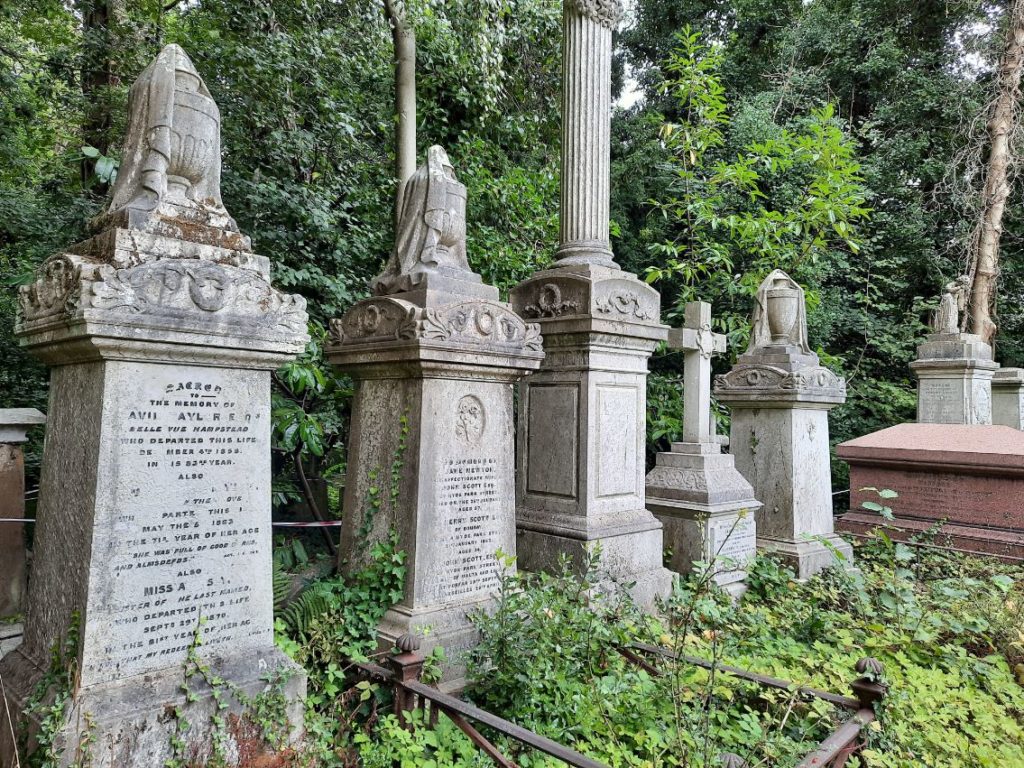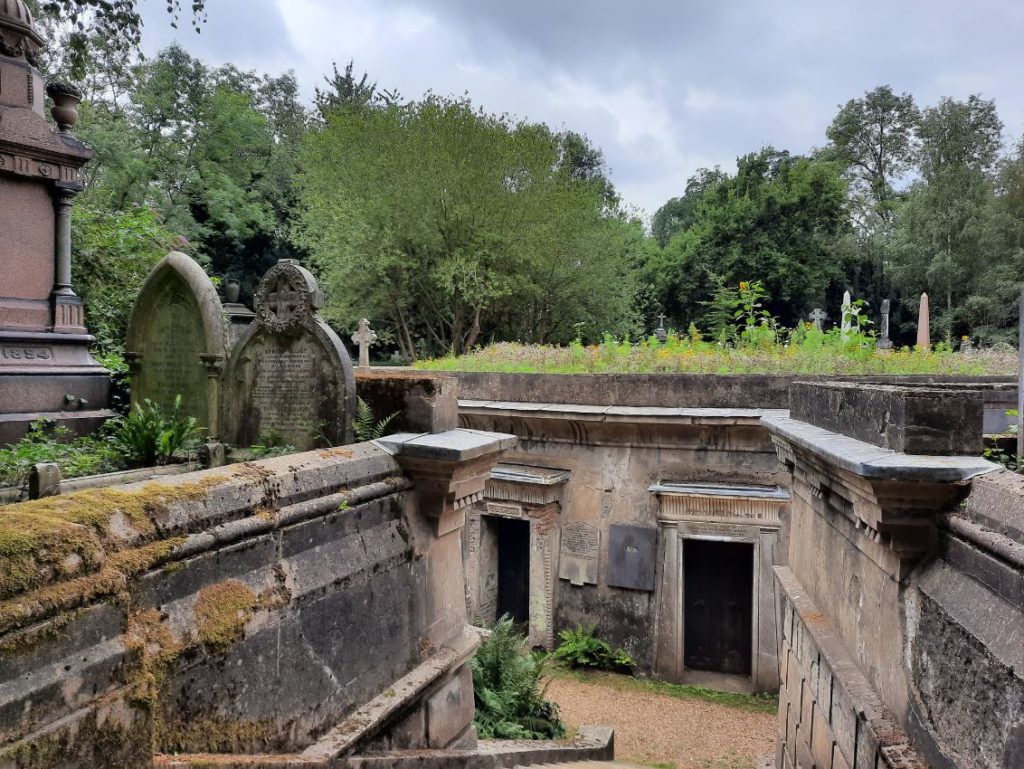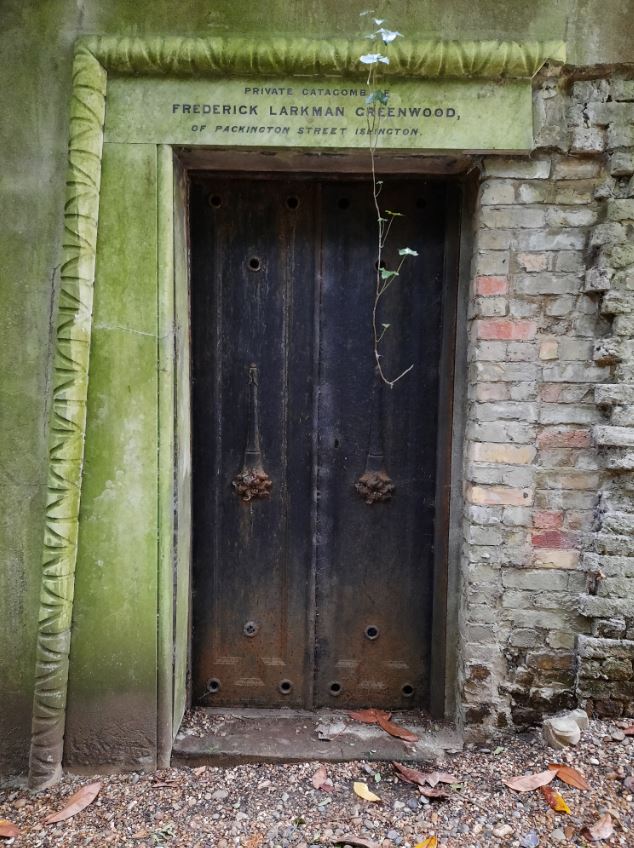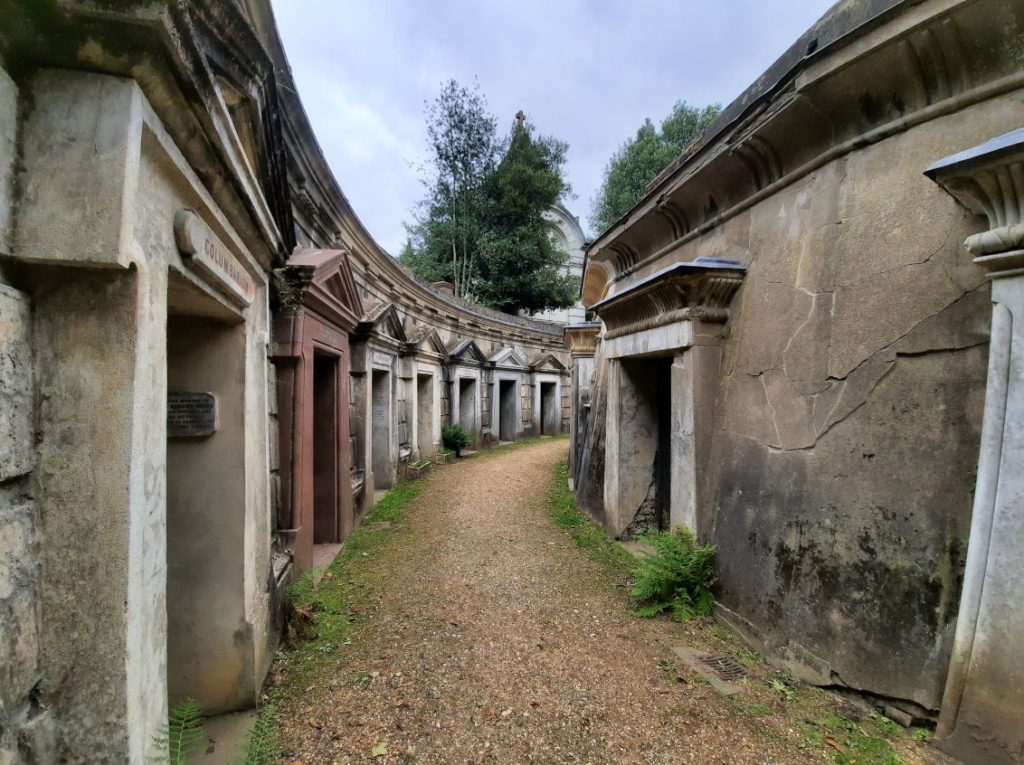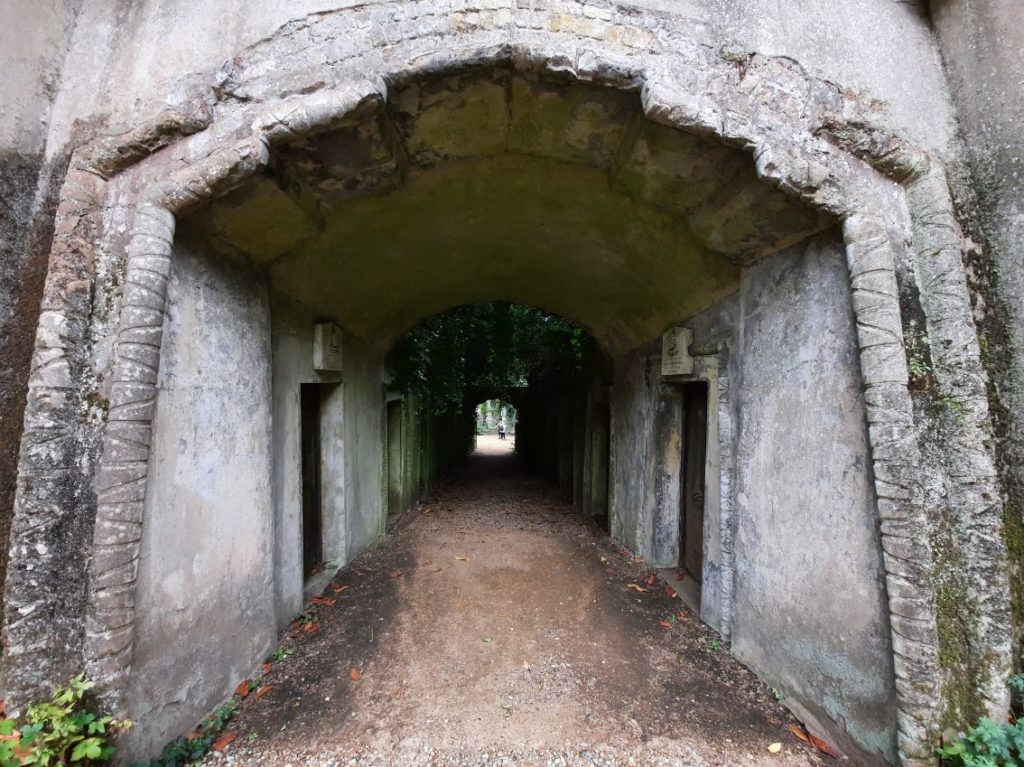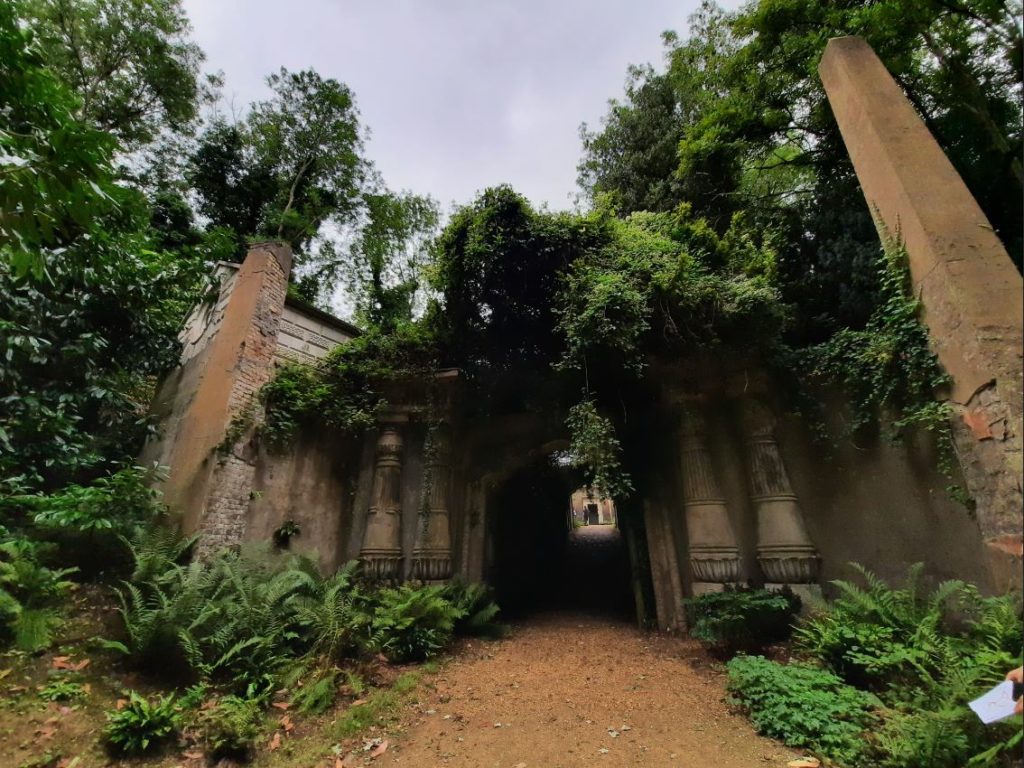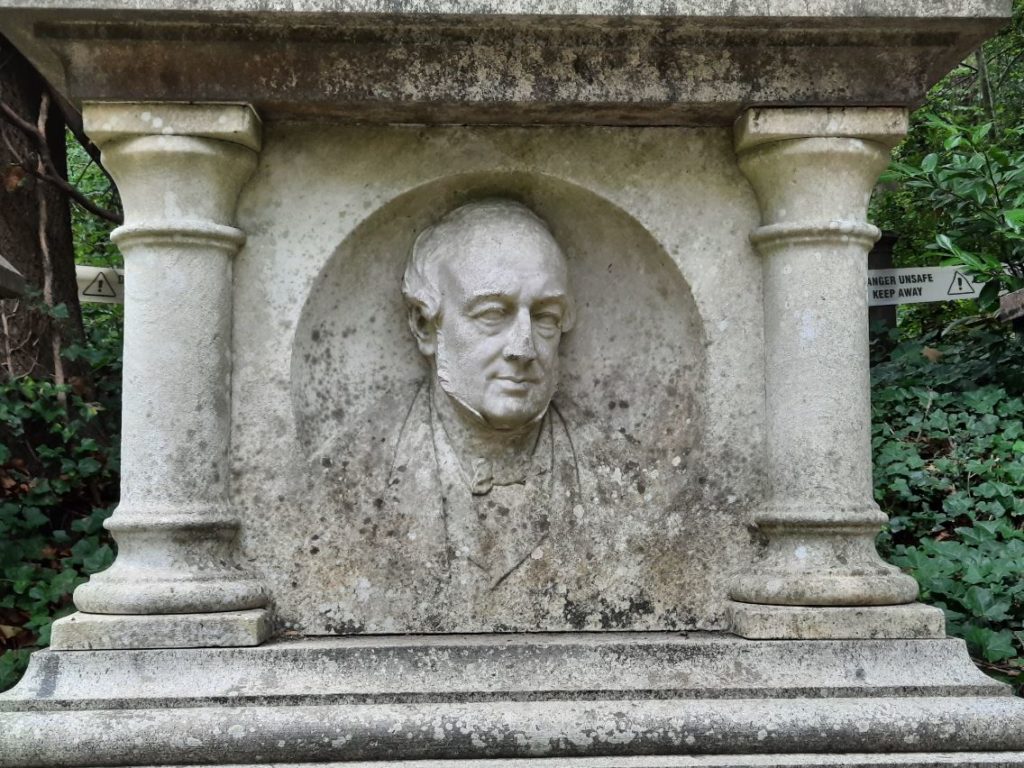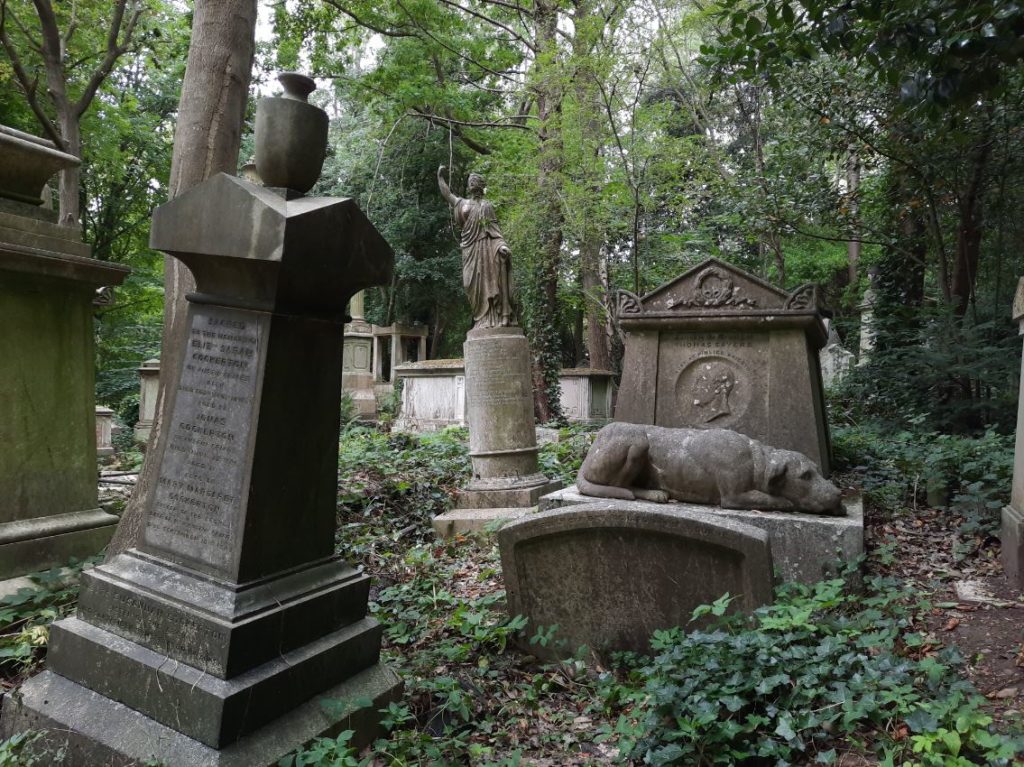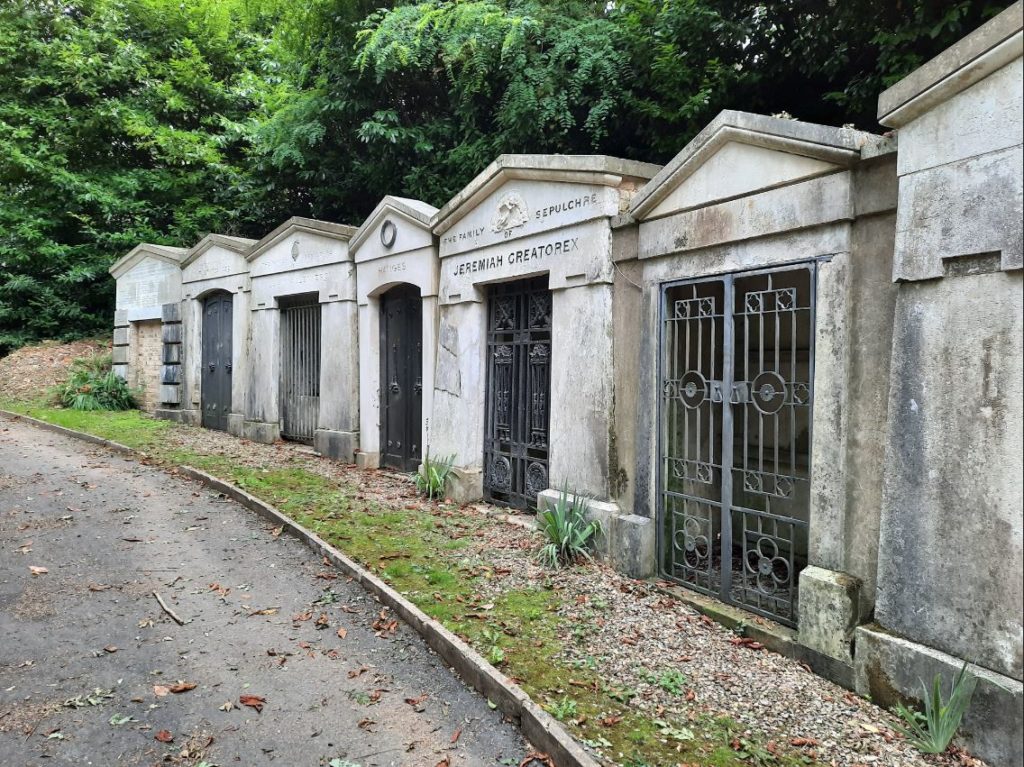The Covid Diaries 17: Highgate Cemetery
A free-range visit to Highgate Cemetery in summer 2020. In which I enjoyed rambling through a great example of a Victoria cemetery, and thought they were possibly being a bit dramatic about the risks of not doing a guided tour.
Welcome to Highgate Cemetery
I have been to Highgate Cemetery a handful of times in my decade of living in London. Or at least to half of it. A road bisects the cemetery into Eastern and Western halves; the Eastern half is the more visited one, with Karl Marx as a particularly noted resident. It has a fairly tidy infrastructure and main paths, and burials continue even now. It is this section which I had visited before. The Western half is the more historic one (although also still receives the odd new resident); and until now you could only visit on a guided tour.
It was one of the ‘Magnificent Seven‘ cemeteries established during the Victorian period. This was a result of population growth which made the traditional churchyard burial spaces overcrowded and unsustainable. These cemeteries became very fashionable, which can be seen in the architecture and other features in the Western half. They were also private, which is an interesting fact, and one which presumably led to the entirety of Highgate Cemetery becoming pretty run down until its freehold was purchased by the Friends of Highgate Cemetery between 1975 and 1981. You must pay an entrance fee for both halves to help with upkeep. And as mentioned, you normally have to join a guided tour to see the Western half.
Enter at Your Own Risk
It is only in response to coronavirus that ‘at your own risk’ free-ranging visits are currently allowed. The Friends take this quite seriously; you must swear several online oaths before you can purchase tickets. Some messaging onsite amounts to a warning that, if everyone behaves then maybe this can continue, but if someone goes off-piste and breaks an ankle then it will be back to guided visits when social distancing allows. Thankfully they have also stationed some of the guides who would presumably normally be leading these guided tours at key points around the cemetery, so it’s still possible to have conversations and learn about the more interesting monuments.
So what did I think about my first visit to the Western part of Highgate Cemetery? First of all, I was struck by how un-dangerous it seemed. Maybe it was because there were markers telling you to stay clear of the more unstable paths and monuments, but from all the online confirming I had done and the fact that visitors are not normally trusted to be alone, I was expecting a real wilderness.
Certainly nature has reclaimed a lot of the space. There were trees and vines growing up through headstones, and a handsome fox staking his claim when we were there; but the main paths didn’t strike me as particularly treacherous. It was certainly very atmospheric though. I enjoyed the juxtaposition of how green and unkempt it is today, versus how much of a status symbol it must have been (at least to be buried in certain sections) in its heyday.
Victorians: Worried About Social Position Even After Death
One thing which I found rather amusing was the propensity for Victorians to put their address on their headstones. I guess you probably didn’t do this if you lived in a shabby part of town, but so many graves were dedicated to Joe Bloggs of Middle Class Square, Islington, that it was quite noticeable. I’m sure there would also have been increased cachet to being buried in one section versus another.
There are a couple of great parts of Highgate Cemetery, notable Egyptian Avenue leading to the Circle of Lebanon. Take a look at the photos of the Circle of Lebanon in the first set of images above. Essentially it is two concentric circles at one end of the cemetery; the inner one lower with a series of catacombs and columbariums (columbaria?) and the outer one overlooking it. In the very centre there used to be a 250+ year old cedar of Lebanon (hence the name). This unfortunately became unsafe, leading to removal in 2019. Egyptian Avenue leads into the Circle of Lebanon at the lower end; it is now sombre and mossy, but must at one time have been a bit like one of the fashionable London streets mentioned on all of those headstones.
A Tale of Changing London
In terms of how I found my visit and what I thought of it, there is a lot to unpack. Highgate Cemetery (and the Magnificent Seven) tell us a lot about London’s social and industrial history. It’s a story of expansion/explosion; Victorian culture’s intense focus on mortality and mourning practices; and (mainly middle class) social aspirations in the 19th Century (for an artistic counterpoint see here). I found this history to be a lot more engaging than the stories of the more notable individuals buried there. Many of those marked on the map may once have been household names but are now relatively obscure. An exception is the Rossetti family plot, the only specific grave I was intent on seeing, not so much for the actual Rossettis as for being the site of the infamous exhumation of Lizzie Siddal to retrieve a book of poetry.
There is also the aesthetic element. As I mentioned earlier this was (for me) a blend of appreciating the current state of the cemetery in all its wild glory, and imagining it as it once was. The map handed out at the entrance notes the designers or architects responsible for a few of the monuments; including one by the architects Carrère and Hastings who also designed the New York Public Library. So a lot of interesting sights to see. And on a human level, the more you read the inscriptions on the gravestones the less it becomes an interesting historic site, as the accumulation of years of sadness and loss become apparent.
Final Thoughts
In summary, for those who like free-range visiting more than guided tours, this is definitely your chance. The ticket to the Western part of the cemetery also includes entrance to the Eastern half, so you can easily spend half a day wandering around. Whether your interest is historic, aesthetic, gothic (I guess that’s also a possibility) or more personal, there is something to satisfy most visitors. And supporting the Friends of Highgate Cemetery in maintaining the grounds and security to ensure we can continue to visit this space as a cemetery and not as an abandoned site or (even worse) prime real estate is a noble aim to boot.
On its own merits: 4/5
Implementing Covid rules: 4/5
If you see this after your page is loaded completely, leafletJS files are missing.

